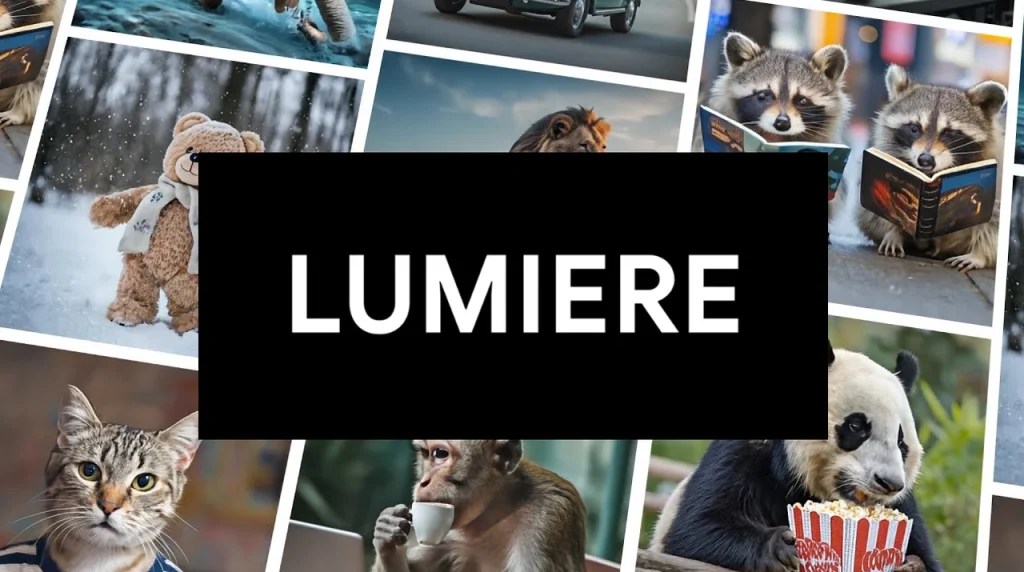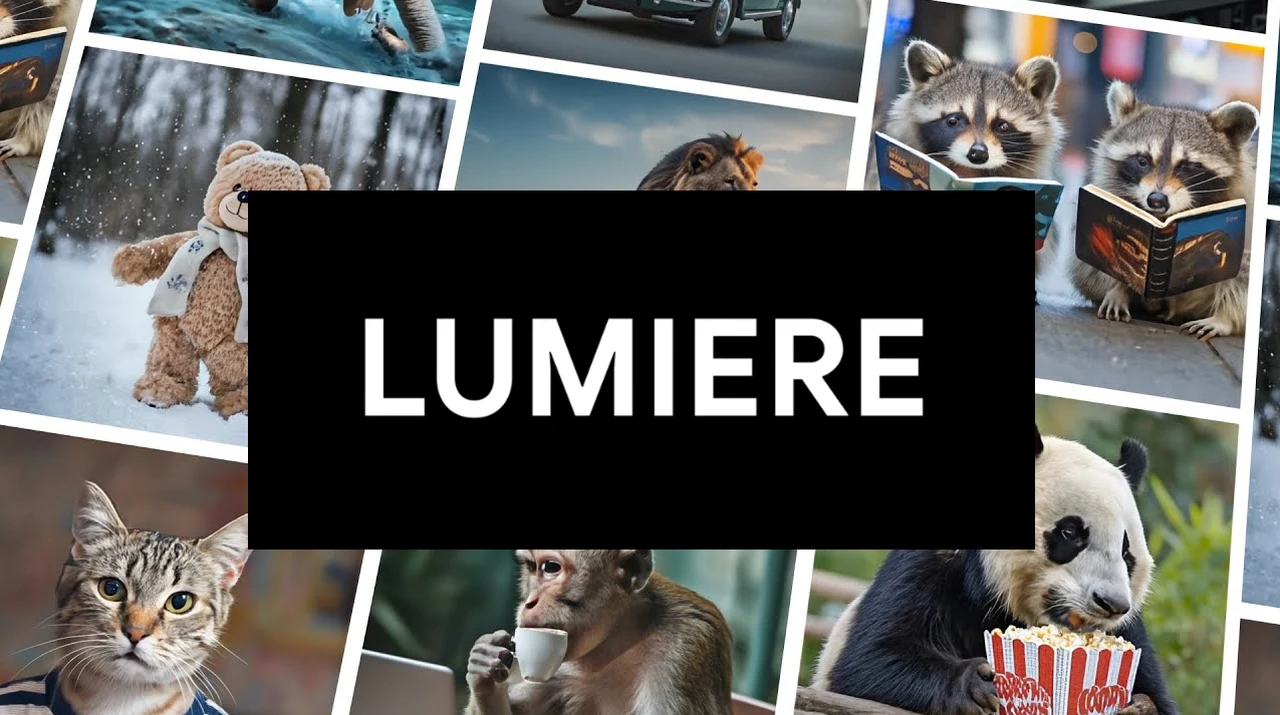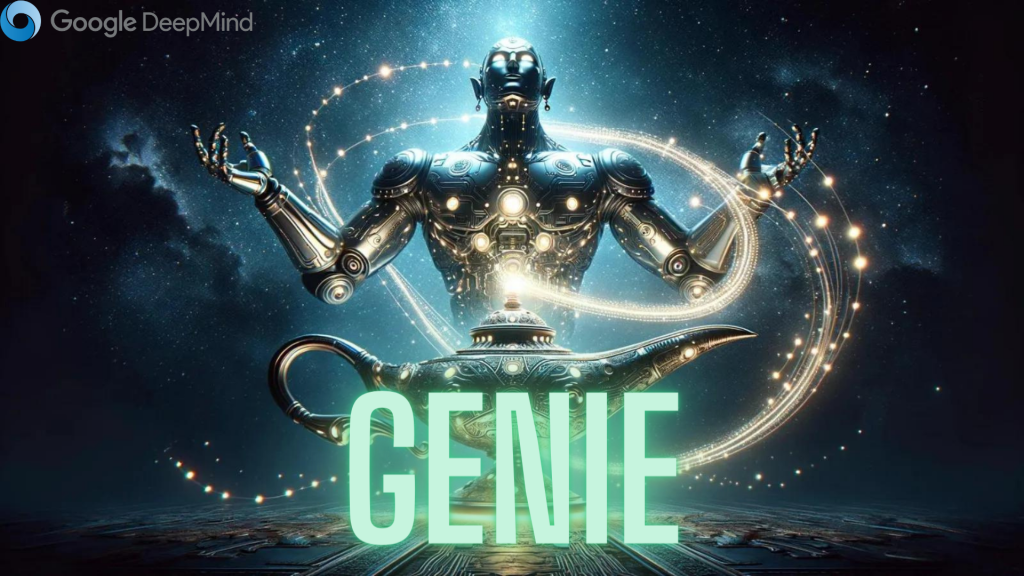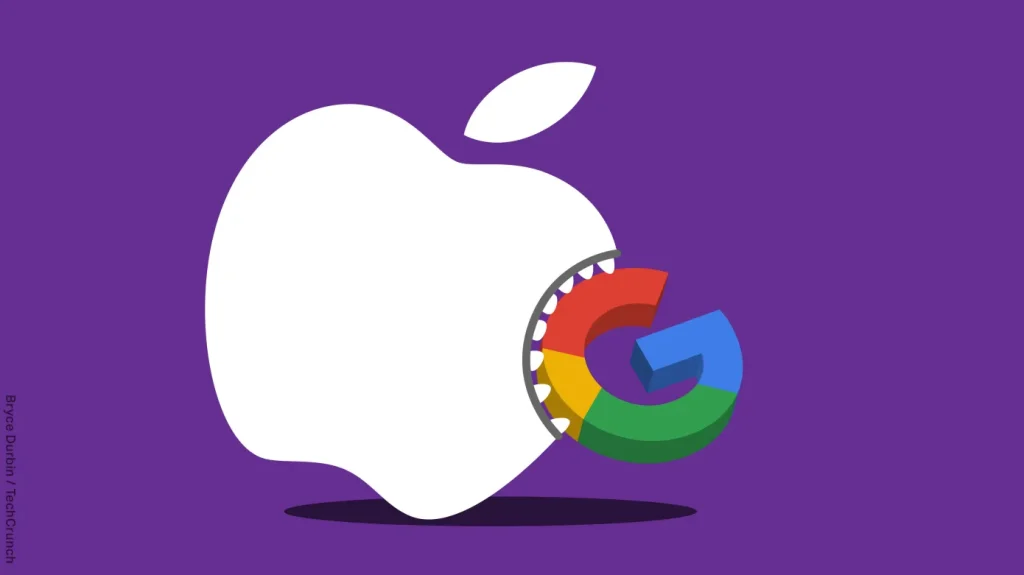Google’s Newest Innovation, Lumiere: A Cutting-Edge Time-Space Diffusion Model Turning Text and Images into Realistic AI-Generated Videos with Editable Features on Demand.

Google researchers have unveiled Lumiere, a groundbreaking time-and-space diffusion model. This innovation aims to transform text and images into lifelike AI-generated videos, offering on-demand editing capabilities.
Lumiere employs its “Space-Time U-Net architecture” to create lifelike and diverse motion, ensuring realism and coherence in the generated videos. The model achieves this by generating the entire video duration in a single pass.
The researchers detailed in their paper:
“By incorporating spatial and, notably, temporal down- and up-sampling, and utilizing a pre-trained text-to-image diffusion model, our system adeptly produces a complete, full-frame-rate, low-resolution video by processing it across various space-time scales.”
This implies that users can provide textual descriptions or upload a static image along with a prompt, prompting Lumiere to produce a dynamic video. Many users have drawn comparisons, likening Lumiere to ChatGPT but tailored for text and image-to-video generation, stylization, editing, animation, and beyond, as outlined in the research paper.
Despite the existence of other AI video generators like Pika and Runway, the researchers highlight the uniqueness of Lumiere’s single-pass method for handling temporal data dimensions in video generation.
Hila Chefer, a student researcher collaborating with Google on the model, showcased an example of Lumiere’s capabilities on the social media platform X.
On X, users have hailed this advancement as an “incredible breakthrough” and “state-of-the-art,” speculating that video generation is poised to become “crazy” in the coming year.
Lumiere underwent training on a dataset consisting of 30 million videos and accompanying text captions. Remarkably, the model can produce 80 frames at a speed of 16 frames per second. However, Google has not disclosed the origin of the data used for training, raising concerns within the realm of AI and copyright law.
The surge in accessible generative AI models has led to numerous copyright infringement lawsuits, with developers facing allegations of improper use of content during the training process.
One of the notable instances involves The New York Times filing a lawsuit against Microsoft and OpenAI, the developer of ChatGPT, accusing them of “illegally” using its content for training purposes.



